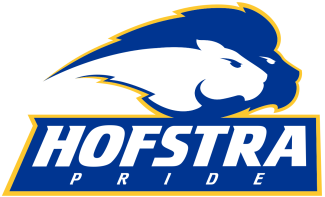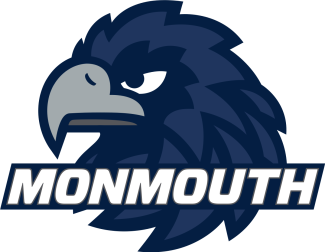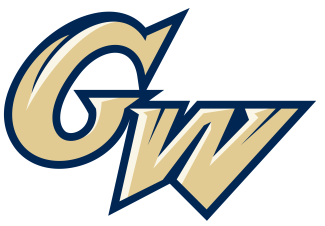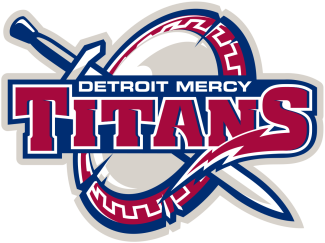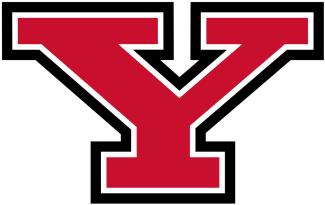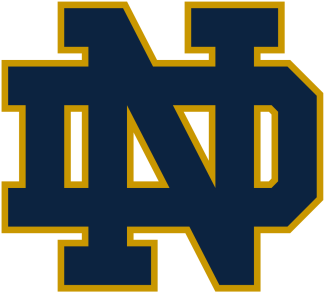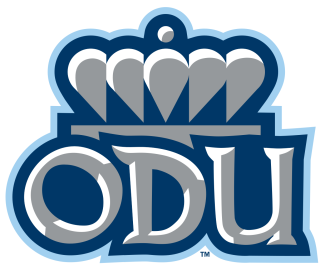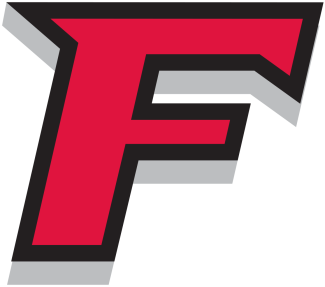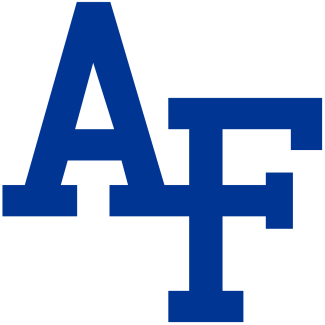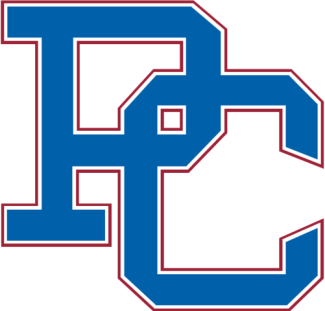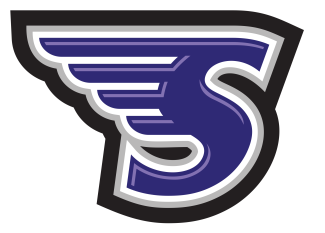Despite being the top-seeded team, Princeton did not consider itself the favorite heading into the championship matchup.
“We felt like the underdog,” Hubbard said. “We had rolled through the Ivy League, but Virginia had played a tougher schedule. We knew we had to execute on certain things to beat them.”
The payback was not easy. Playing on a wet field at Maryland’s Byrd Stadium, the Tigers defeated the Cavaliers 13-12 in sudden death. Hubbard, the future Hall of Famer, scored the overtime game-winner on a low bouncer just 34 seconds into the extra session.
The assist came from midfielder Lorne Smith, but MacBean, who had two other assists in the game, was the first to reach Hubbard. The photo of their spontaneous celebratory embrace graced the July magazine’s cover in 1996.
“Obviously, that was a special moment,” Hubbard said. “There was almost disbelief that we had pulled it off.”
There was also an eerie sense of déjà vu.
Two years earlier, Princeton had claimed the same title on the same field against the same opponent in much the same manner. The only difference was that in 1994, Kevin Lowe had tallied the overtime game-winner for the 9-8 victory, and MacBean had been credited with the assist. There was also some good fortune involved on the final play.
“That pass didn’t go exactly where it was supposed to go, but Kevin picked it up and scored. We’ll take it,” MacBean said.
MacBean didn’t make the magazine’s cover in 1994, but he did this time around.
“I think I appreciated the 1996 championship a little more, especially since I was a senior and a team captain,” he said. “You make a lot of sacrifices as a college athlete, and it’s gratifying when all the hard work pays off in the end.”
Outside of his All-Ivy and All-American recognition during his career, MacBean was also selected for the North-South All-Star Game in 1996.
“I don’t think anybody thought that we were the favorite to win the championship that year, but we got better and better as the season went on,” MacBean said.
Originally from Rosemont, Pa., MacBean was a standout attackman at nearby Episcopal Academy before converting to midfield at Princeton. After college, he remained active as a post-collegiate club player for several years and also coached high school lacrosse for six seasons after relocating to California. He was inducted into the US Lacrosse Eastern Pennsylvania Chapter’s Hall of Fame in 2019.
Now living in Walnut Creek, Calif., MacBean works as a construction project manager for Maximus, a real estate development company in the Bay Area. As the father of two young children, he doesn’t rule out a return to coaching in his future.
As for MacBean’s cover photo partner, Hubbard added two more NCAA titles to his resume in 1997 and 1998 before graduating as a three-time All-American. Hubbard finished his career as Princeton’s all-time leader in goals scored (163) and second in career points (211).
In 1998, Hubbard also added a world championship to his resume as a member of U.S. national team, and he later became a six-time all-star in Major League Lacrosse (2001-06) while leading the MLL in scoring three times. Hubbard was inducted into the National Lacrosse Hall of Fame in 2012.





